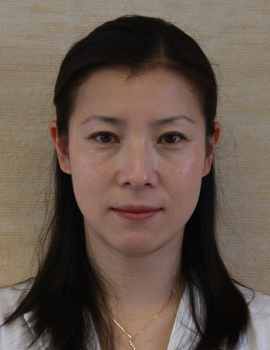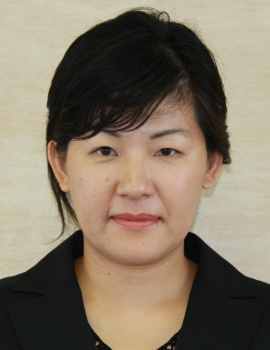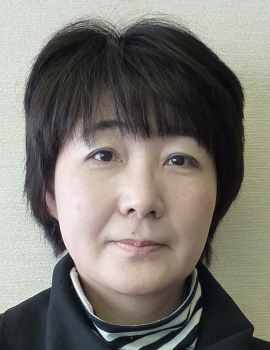Ian Wilson, Emiko Kaneko, Paul Lyddon, Kiyomi Okamoto, and Jason Ginsburg. Nonsense-syllable sound discrimination ability correlates with second language (L2) proficiency. In Proceedings of the 17th International Congress of Phonetic Sciences (ICPhS XVII), pages 2133-2136, 2011.
Sound discrimination helps babies acquire the vocabulary, morphology and syntax of their first language. Researchers have also shown a relationship between sound discrimination ability and second language (L2) experience. In this research, we investigated the correlation between the sound discrimination ability of low-intermediate level, adult Japanese learners of English and various measures of their L2 proficiency, including the TOEIC (IP) test, grammar and vocabulary tests, and a motivation measure. Firstly, our results showed a strong correlation between nonsense-syllable consonant sound discrimination ability and the listening comprehension results of the TOEIC test. Secondly, a moderate correlation was found between overall sound discrimination and such L2 proficiency measures as vocabulary, grammar, and reading ability. Finally, we found that vowels were more difficult to discriminate than consonants; in particular, the vowel in a VC syllable was the most difficult to dis criminate, whereas the consonant in a CV syllable was the easiest to discriminate. We interpret our results to mean that, for low-intermediate level L2 learners, a simple 10-minute sound discrimination test can serve as a reasonably reliable tool for placement of students into different class levels, especially listening and reading classes.












